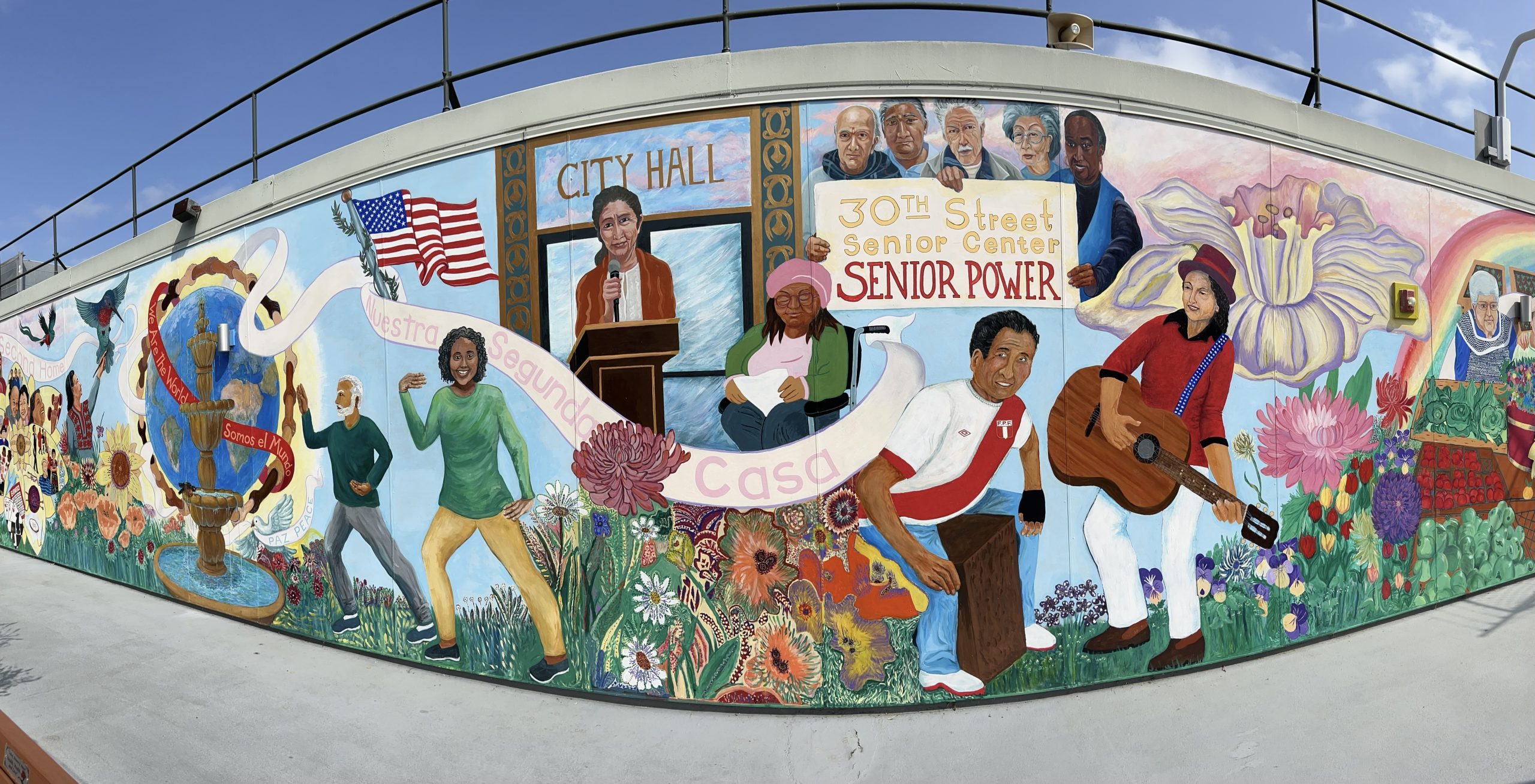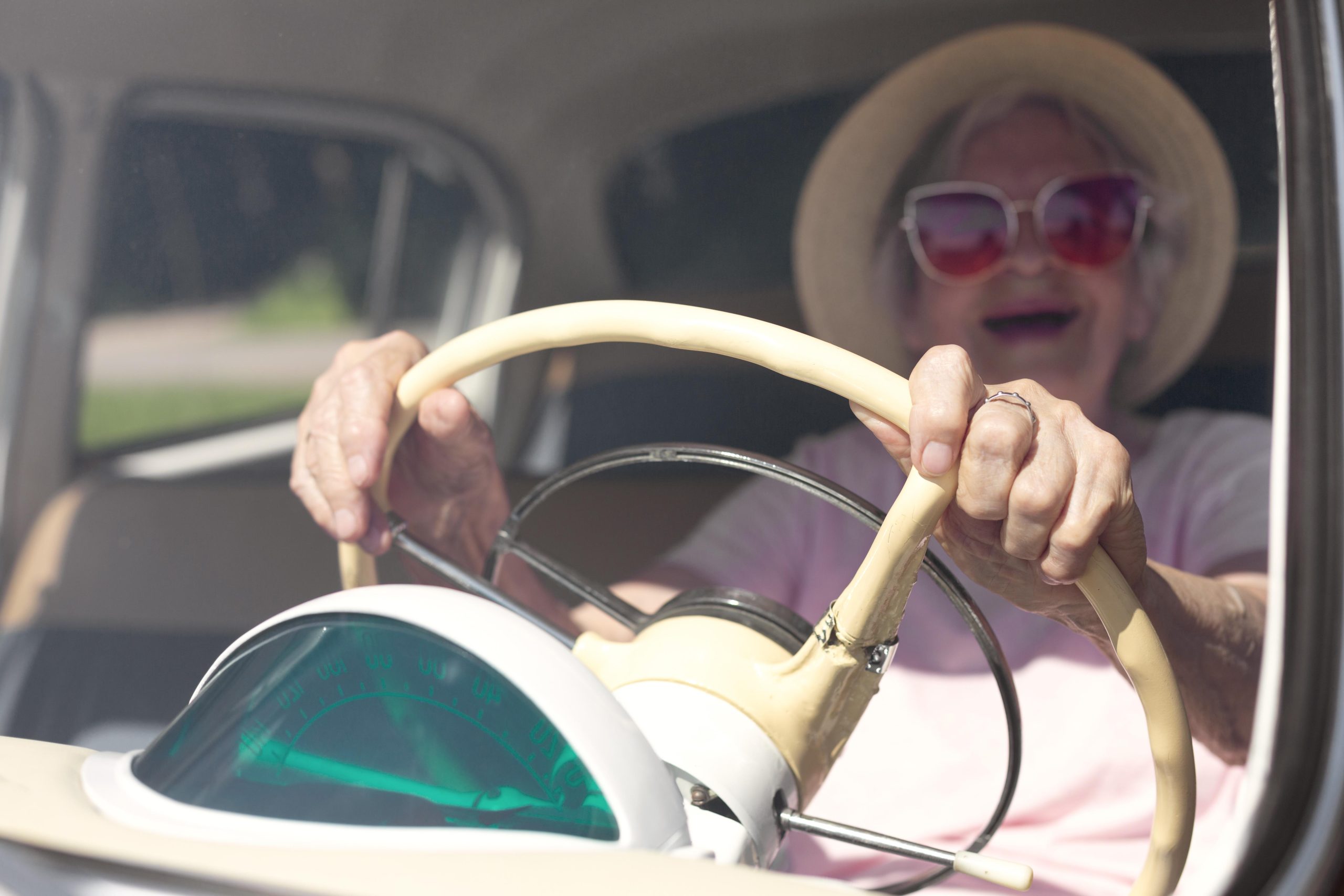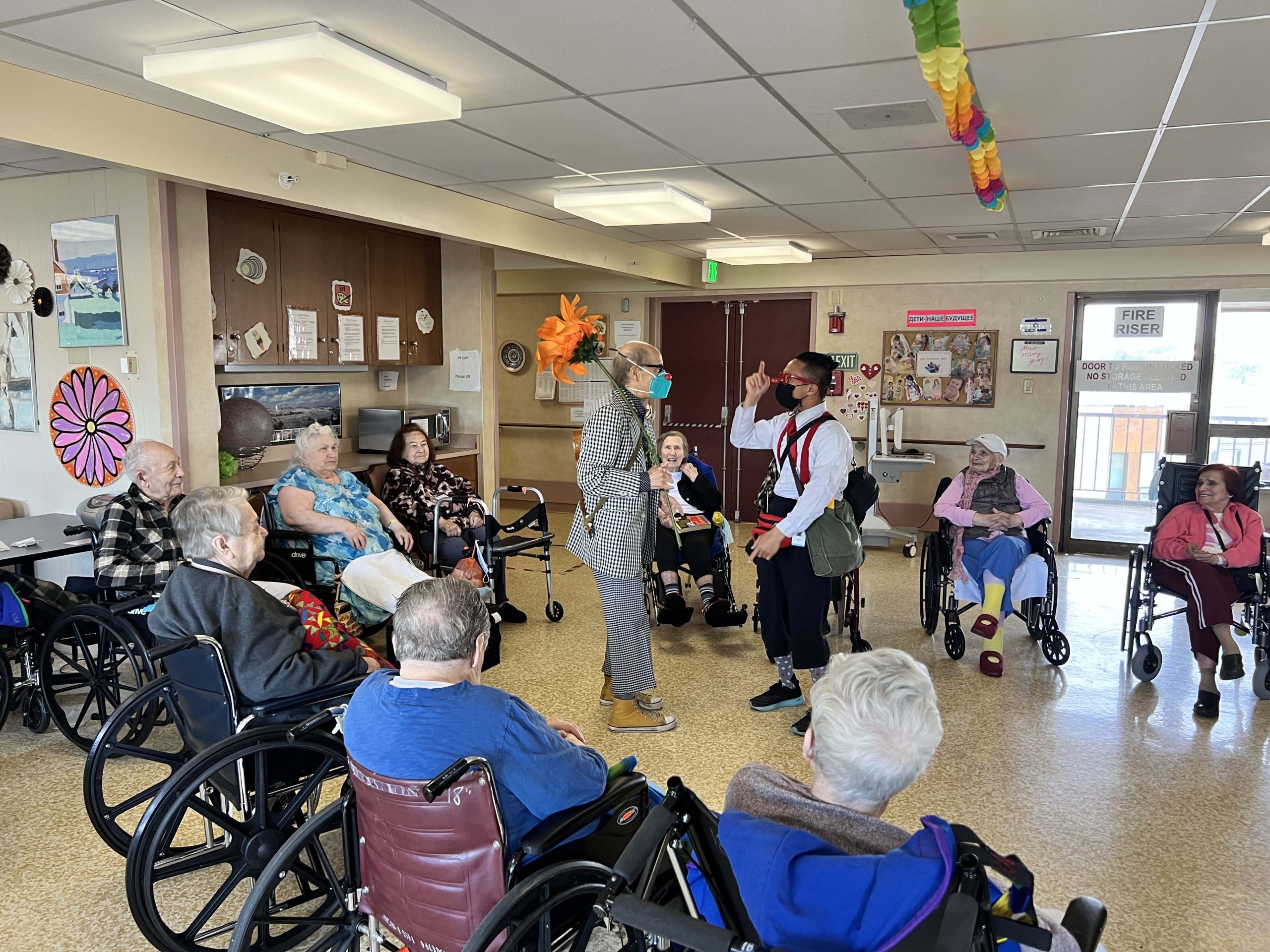Artists’ community working and aging together in shared space – for now
Lakshmi Karna and Jennifer Ewing share a passion for creating art. What makes their work possible is their address, which they also share.
“Before I moved into this artist community, I couldn’t afford to rent an art studio. Now, I can live in the same place I make art,” said Karna, 70, who has lived for the past 37 years.
The first occupants of this three-story, former fruit-canning factory at 540 Alabama St. were essentially squatters. In the late 1960s, a group of artists found the building empty and moved in. They improvised separate studios with cloth barriers and tents. They named themselves “Project Two,” or P2, after a fully occupied artist building on Howard Street called Project One.
Landlord with a heart
When the owner of the building, Ken Royce, became aware of their presence, he did something amazing: He chose to help the artists rather than evict them. With his advice and assistance, they obtained a low-interest loan to finance improvements: sheet rock walls, electrical wiring, plumbing, lighting and the installation of a sprinkler system. In 1972, Royce issued residents their first lease.
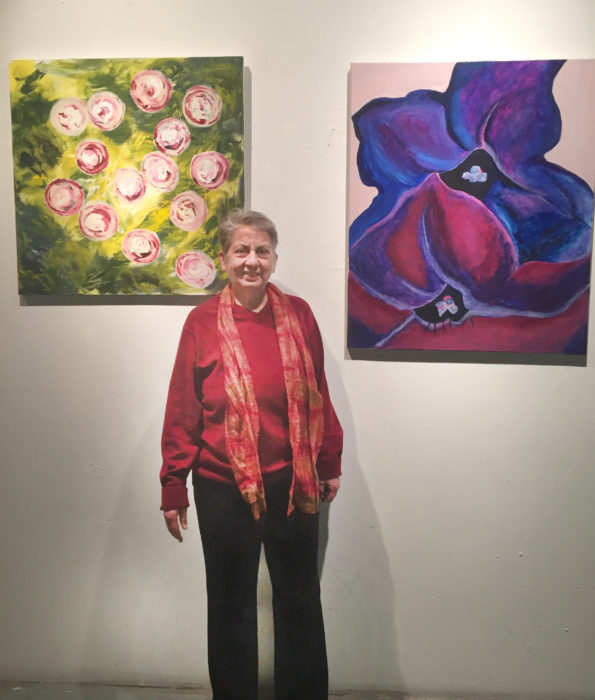
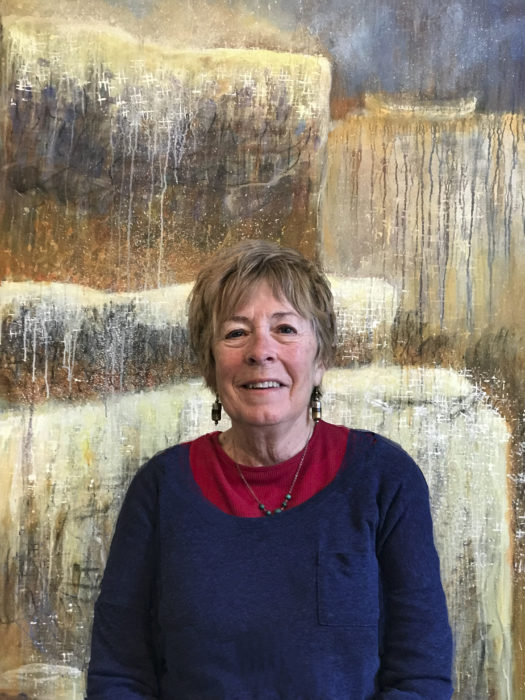
After all these changes, residents decided they needed a new name. Project Two became “Developing Environments,” or DE, “because we are always evolving,” said Ewing, 70. “We’re still here after almost half a century because Ken Royce – and since his death his son, Peter – have supported us. “
DE has 10 years left on its lease. After that, it’s unclear what will happen. “I’m hopeful we’ll get investors or be a candidate for historical preservation,” said Ewing.
Still, they worry their ages could present a problem in terms of the upkeep: 30 are over 55 years of age. “And most have been here for 25 to 35 years,” said Ewing. The longest residency is 45 years.”
Everyone has a job
Royce kept the rent low on condition the residents take care of the building. Grateful, they work hard to keep it going. They maintain the plumbing in the common area, the roof, the freight elevator, the interior walls, doors and railings. “Everyone has jobs, some are paid, like my husband’s. He’s on the management committee and is liaison with the owner,” said Ewing, who is on the rent committee. Living in DE also means volunteering. Ewing contributes about 45 minutes a week to sweeping the sidewalks.
Studios in the building range in size from 700 to 1,400 square feet with 14-foot ceilings. Residents pay $0.97 per square foot plus a $140.00 surcharge. Karna’s studio, at 900 square feet, costs $873 a month. Most residents occupy single units, but Ewing and Leo share three studios, two for living and one for art work. “We couldn’t have done our murals otherwise,” said Ewing.
DE houses 38 residents in 36 studios. “With the drastic increase in rents in San Francisco, artists compete for housing with commercial development and the tech industry, and, as such, are priced out,” said Karna. “Our artist work/live situation won’t be replicated.”
Karna heard about DE from one of its pioneering artists, whom she met in an art class in the early ‘80s. She was living in the Mission District at the time. “There was one vacancy and I jumped at the chance to get in.” The application process takes into account more than financial considerations. “I had to put together an oral and visual presentation of my art for the residents and go door-to-door and meet every resident, getting their signature to show I met them.”
‘The good part of hippie life’
Karna moved to the Bay Area from India, and into DE in 1981. “I arrived here just after the Summer of Love. I was attracted to the good part of hippie life – the food, the spirituality.”
Artists of all stripes are welcome in DE: photographers, painters, sculptors, performers, arts educators. Karna works in acrylics, painting representational rather than abstract. “I focus mostly on nature because it is so primal, so healing.” Ewing, who has always worked within some aspect of art, including illustration, graphics and teaching, moved to the city the year Karna moved into DE. “The moment I came here I felt very much in touch with myself and the place.”
The next year, Ewing began hanging out with Leo Germano, a DE resident since 1979. She moved into the community in 1986. In 1988, they married. The couple established a mural and fine arts business in 1989. A spiritual person, Ewing also engages in Shamanic drumming and a vision inspired her “Spirit Boat” paintings and sculptures. She has recently taken art into the medical humanities, holding workshops at hospitals such as Stanford and Kaiser. She helps doctors to explore their feelings about themselves and their practice by discussing art.
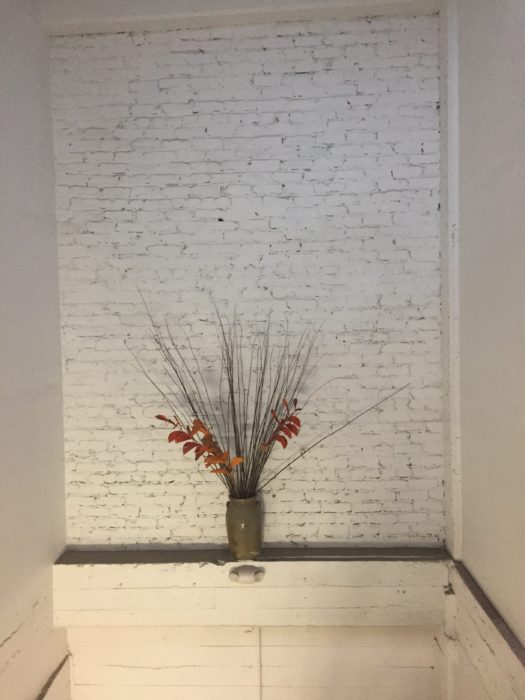
DE is also something of a spiritual community, with all decisions based on a consensus. Sometimes that is cumbersome, Ewing said. “I had desires to upgrade the bathroom but some people don’t want to spend money.” She and Germano share a bathroom and shower with six other residents. Karna’s studio has its own bathroom, installed by the previous tenant.
Another drawback is that there is no central heat. “It is cold and clammy,” said Ewing. “We use space heaters and bundle up.”
In spite of some rough living and the occasional push and tug, residents seem to like things the way they are. “For me, the challenges of community living are good for my brain, giving me extra bandwidth,” Ewing said. “I find life so much richer working and living with other artists.”



